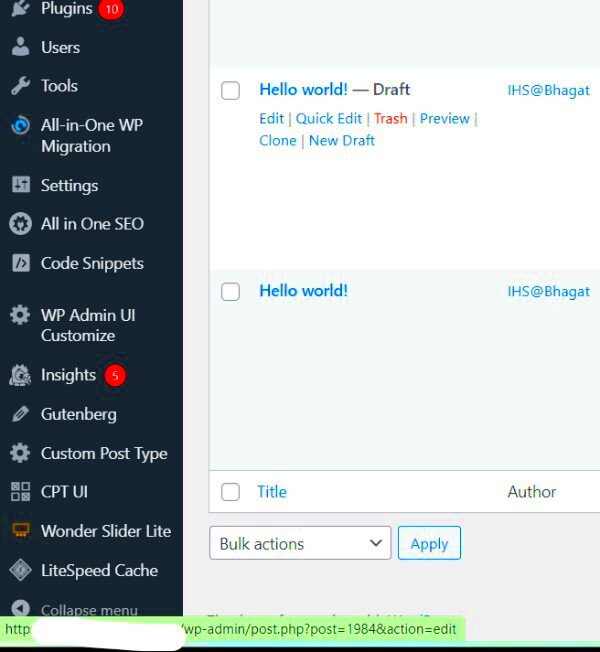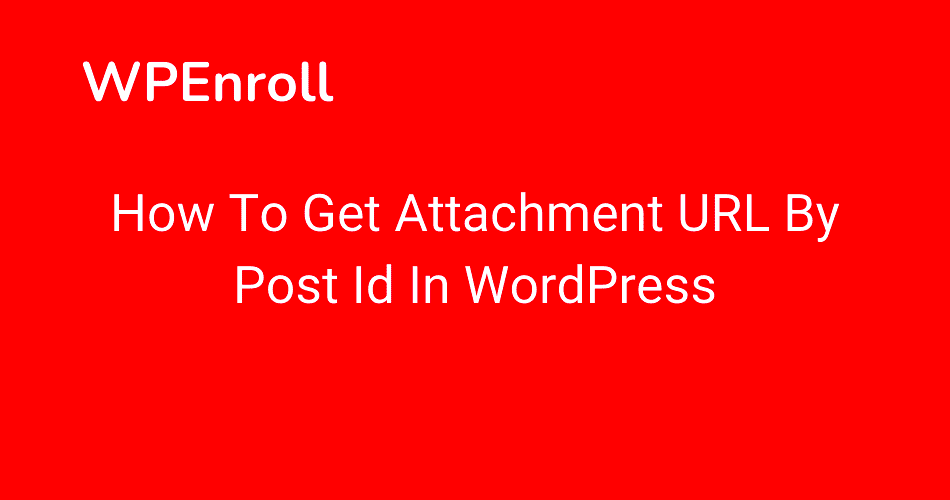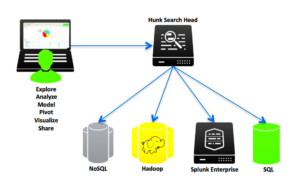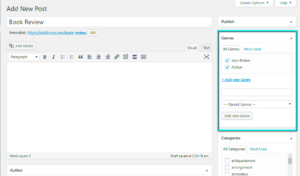Have you ever found yourself needing to get the attachment parent post by its ID in WordPress? Whether you’re a developer looking to streamline your workflow or a novice trying to understand the inner workings of attachments, you’re in the right place. In this post, we’ll cover the essentials of how attachment posts function and provide you with the tools to retrieve parent posts effectively. Let’s get started!
Understanding Attachment Posts in WordPress

In WordPress, an attachment post is a type of content that is designed to manage media files like images, audio, and documents. When you upload a file to your media library, WordPress automatically creates an attachment post for it. This means every image or file you upload has its own unique ID, which can be quite handy.
Here are some key features of attachment posts:
- Unique IDs: Each attachment has a unique ID that is assigned when the file is uploaded. This ID can be used to reference the attachment in your code or database queries.
- Relationships: Attachments are linked to their parent posts. For example, if you upload an image to a blog post, the image attachment will have a parent post ID that corresponds to the ID of that blog post.
- Metadata: Attachment posts can store valuable metadata, such as title, caption, description, and alt text, which enhance SEO and user engagement.
If you want to retrieve the parent post of an attachment, you can use functions like get_post($attachment_id) and examine the post_parent field. Understanding how these elements work will simplify your work with attachments in WordPress.
Now that we’re clear on what attachment posts are, let’s dive deeper into how to effectively get the attachment parent post by its ID.
Using WordPress Functions to Retrieve Attachment Information
When working with attachments in WordPress, leveraging built-in functions can save you a ton of time and effort. WordPress provides a variety of functions specifically designed to interact with media items. Let’s dive into how you can use these functions to retrieve vital information about an attachment.
To get started, the most commonly used function is get_post(). This function not only retrieves post data but also works seamlessly with attachments. Here’s a simple way to get attachment details:
$attachment_id = 123;$attachment = get_post($attachment_id);
After running this code, the variable $attachment will contain an object with all the information about the attachment, including its title, URL, and more. You can access specific details like so:
$attachment_url = wp_get_attachment_url($attachment_id);$attachment_title = get_the_title($attachment_id);Another handy function is wget_attachment_metadata(). This function retrieves the metadata of an attachment, which is especially useful for images, as it provides dimensions, file type, and other details:
$metadata = wp_get_attachment_metadata($attachment_id);In conclusion, using these WordPress functions will help you easily extract all the information you need regarding attachments. Just remember, when developing, always check for the existence of an attachment before manipulating it to avoid any errors!
How to Get the Parent Post ID from an Attachment
Grabbing the parent post ID from an attachment is straightforward with some handy functions at your disposal. WordPress stores the relationship between an attachment and its parent post, often called the “post parent.” By using the wp_get_post_parent_id() function or accessing the post_parent attribute directly, you can quickly get this information.
Here’s how to do it:
$attachment_id = 123;$parent_id = wp_get_post_parent_id($attachment_id);
This line of code will fetch the parent post ID associated with the specified attachment. If you need to check for a valid parent, a simple conditional check can be done:
if ($parent_id) { echo "The parent post ID is: $parent_id";} else { echo "This attachment has no parent post.";}Alternatively, if you want to look deeper into the attachment data, you can retrieve the whole post object and access its properties like this:
$attachment = get_post($attachment_id);$parent_id = $attachment->post_parent;So, whether you opt for direct extraction from the attachment object or the dedicated function, getting the parent post ID in WordPress is easy and efficient. Don’t forget, verifying if the parent exists can prevent potential issues in your code!
Example Code Snippet
If you’re looking to retrieve the parent post ID in WordPress, here’s a straightforward example code snippet that you can easily incorporate into your theme or plugin. This snippet uses the built-in WordPress function to get the parent post of a current post, making it easy to access any post’s hierarchy:
In the code above:
- get_the_ID(): This function grabs the ID of the current post.
- wp_get_post_parent_id(): This retrieves the parent post’s ID associated with the current post.
- get_the_title(): Use this function if you want to display the title of the parent post.
This simple yet effective code snippet serves as a foundational tool for developers looking to manage post hierarchies effectively. You can easily modify it to suit your specific needs, whether you’re outputting the ID, the title, or linking to the parent post.
Common Use Cases for Retrieving Parent Post ID
Understanding how to retrieve a parent post ID can be incredibly useful in various scenarios. Here are some common use cases where this functionality plays a key role:
- Hierarchical Content Structures: If you’re organizing your content in a parent-child hierarchy, knowing the parent post ID allows for easy navigation and structure for readers. For example, in a series of tutorials or content categories, linking back to the parent post provides context.
- Creating Custom Templates: When developing custom post templates, knowing if a post has a parent can help determine which layout or set of features to use. This way, you can create a tailored experience based on the post’s relationship within a hierarchy.
- Child Post Metadata: Sometimes, you want to fetch or display metadata that belongs to a parent post. Accessing the parent ID makes it easier to pull in relevant information, such as the parent’s publishing date or featured image.
- Breadcrumb Navigation: Breadcrumbs are essential for navigation. If you’re implementing breadcrumb trails, the parent post ID can help you build a logical navigation path from the child post back to its parent, enhancing user experience.
- SEO Optimization: Linking child posts back to their parent can be beneficial for SEO. It establishes a clear structure for search engines to follow, which can improve visibility and indexing of related content.
These use cases showcase the versatility of retrieving a parent post ID and highlight its relevance in creating a cohesive and well-organized WordPress site. Whether you’re building complex themes or simply enhancing user experience, knowing when and how to access parent post data can be impactful.
Troubleshooting Common Issues
When digging into WordPress development, especially when working with parent and child post relationships, you might encounter some common issues. Don’t fret! Here are a few troubleshooting steps you can take to resolve these pesky problems.
- Issue: Parent ID Returns Null
If you find that calling for a parent post ID returns null, ensure that your child post is indeed set up correctly. You can check this in the WordPress admin panel:
- Navigate to the child post.
- In the “Page Attributes” section, confirm that the “Parent” dropdown does not show as “No Parent.”
- Issue: Incorrect Parent Post Is Fetched
Sometimes, you might fetch an unexpected parent post. This could be due to caching issues or a misconfigured query. Clear your object and permalinks cache:
- Go to Settings > Permalinks and click Save Changes to refresh your permalinks.
- Try disabling any caching plugins temporarily to see if it resolves the issue.
- Issue: Child Post Not Showing Parent Link
If the child post doesn’t display its parent link, ensure you’re calling the function to retrieve the parent post correctly:
- Double-check that you are using
get_post_field('post_parent', $post_id). - Make sure your theme files are set to show parents where needed.
- Double-check that you are using
- Issue: Permissions and Visibility
Sometimes, a parent post might not be visible due to permissions or a private status. Make sure your parent post is published and accessible to the user role you’re testing with.
By following these troubleshooting steps, you should be able to iron out the common issues when retrieving attachment parent posts by ID. If you’re still facing difficulties, consider consulting the WordPress community forums for additional help!
Conclusion
Retrieving an attachment’s parent post by ID in WordPress can seem daunting at first, but once you grasp the basics, it’s a straightforward process! Whether you’re managing a website with complex media needs or just trying to keep your content organized, understanding parent-child relationships is crucial.
As you’ve learned from the previous sections, utilizing functions like get_post($post_id) and get_post_field() can streamline your development tasks significantly. Here’s a quick recap:
| Function | Description |
|---|---|
get_post($post_id) |
Fetches the entire post object, which includes the parent ID. |
get_post_field('post_parent', $post_id) |
Directly retrieves the parent ID associated with your attachment. |
Remember, the WordPress community is incredibly vast, so don’t hesitate to reach out for advice when you’re stuck. The treasure trove of knowledge available online can provide solutions to nearly any issue you encounter. Happy coding!



